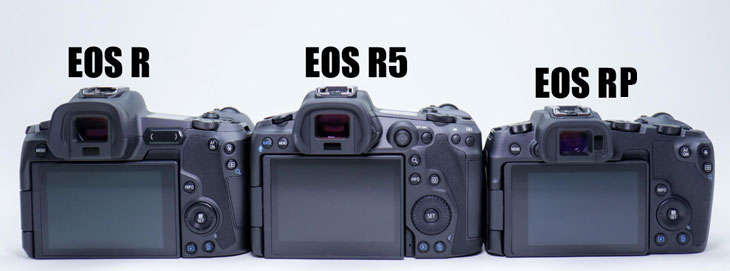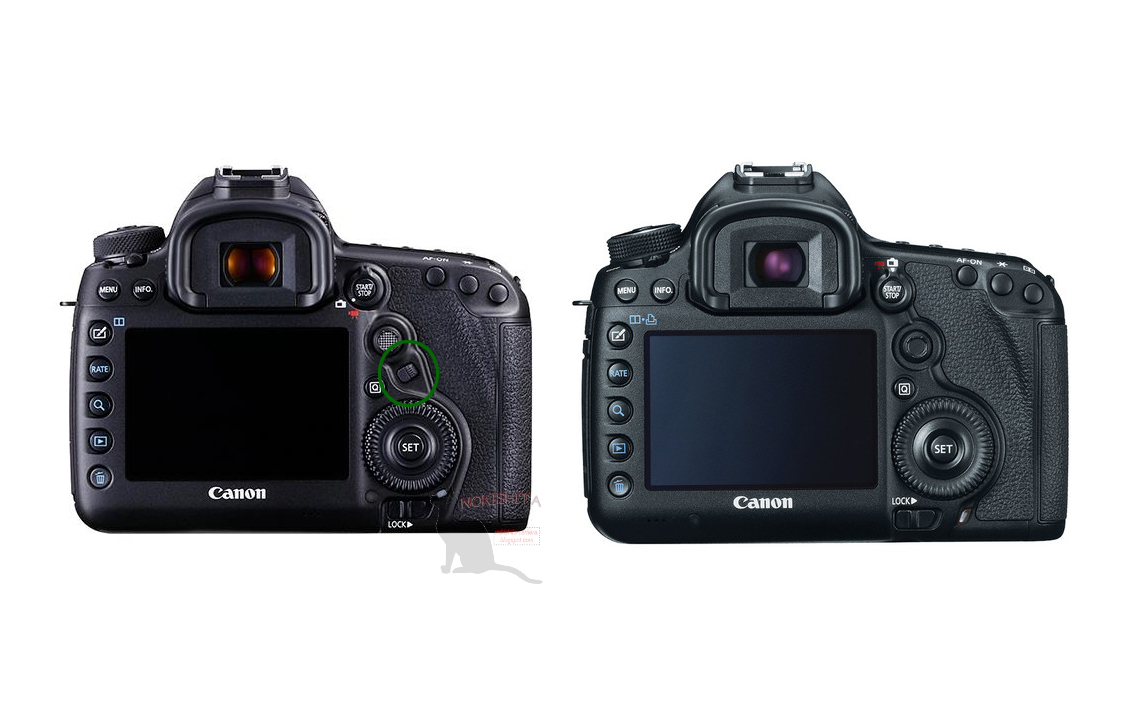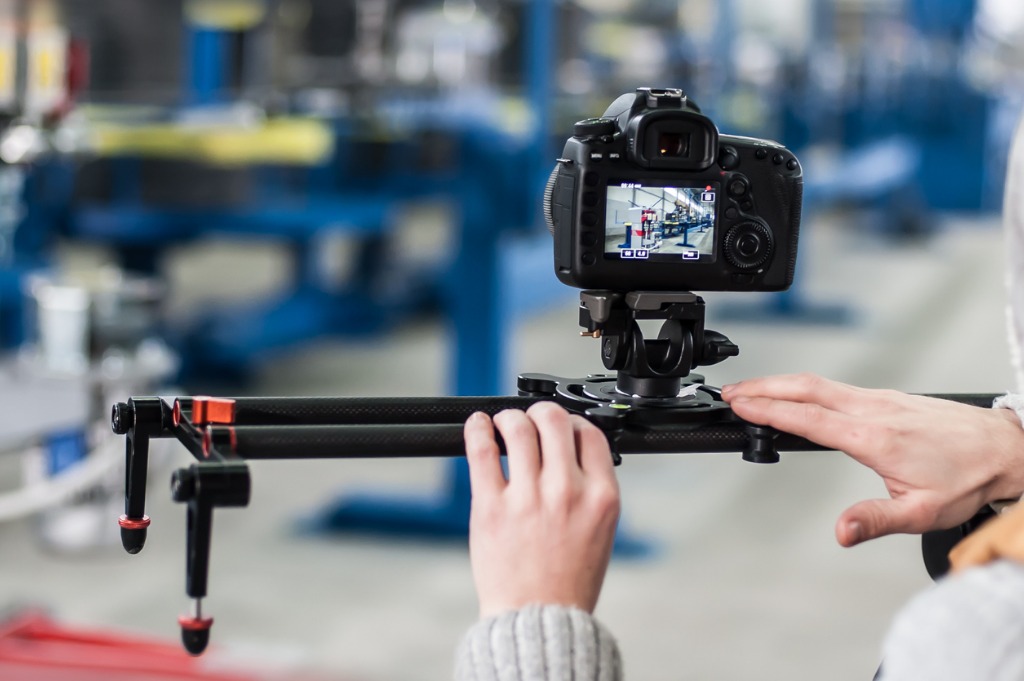
- Canon eos r vs canon eos 5d mark iv iso#
- Canon eos r vs canon eos 5d mark iv plus#
- Canon eos r vs canon eos 5d mark iv professional#
On balance, the optics argument goes to the Canon EOS R6.
Canon eos r vs canon eos 5d mark iv plus#
And part of the reason the R6 can process pictures so quickly is the combination of 20.1 MP and the Digic X processor.Ī final factor in the R6 column is that the RF-mount user has access to all the native mounts, plus the whole EF range. Day-to-day image quality isn’t really affected.
Canon eos r vs canon eos 5d mark iv professional#
Realistically, though, even professional photographers are rarely going to need those extra megapixels. Now, that 30.4 MP vs 20.1 MP sensor size definitely stacks up in the EOS 5D Mark IV’s favor. The R6 can theoretically go down to a one-second exposure. A top-quality Canon lens would give you 3.5 stops of IS. Let’s say, with a 200 mm lens, you would normally want a 1/250 shutter speed to guard against camera shake. Plus, when used with a Canon RF mount lens, the two IS systems work together, bringing a total of 8 stops IS. While the 5D Mark IV relies on the IS built into the lens, the R6 has in-camera 5-axis stabilization.

But the Digic X is one of the reasons the R6 can process images and 4K in the way it does.Īnother score for the R6 is the image stabilization. It doesn’t come much more of a flagship than that. The R6 uses the Digic X processor introduced in the Canon EOS 1DX Mark III. Canon EOS R6 rear viewīut the optics story doesn’t end there. And even more so when you realize that those AF points cover the entire sensor area. But 61 seems like a rather feeble effort compared with 1,053 on the R6. My first EOS camera was pretty fancy with three.
Canon eos r vs canon eos 5d mark iv iso#
The boosted ISO of 204,800 is a whole stop more on the R6 than the 102,400 of the 5D Mark IV. Even the mechanical shutter boasts 12 fps. The Canon EOS R6’s electronic shutter can shoot at 20 fps, nearly three times as fast as the Canon EOS 5D Mark IV’s 7 fps. Dynamic range is broadly similar for both cameras and in line with what you expect from advanced digital cameras. And there is one where the Canon EOS 5D Mark IV seems to be the clear winner- megapixels. Three data points appear to put the Canon EOS R6 ahead in this field-frame rate, maximum ISO, and AF points. By default, in a nod to DSLR users, the main screen shows the last photo taken when you remove your eye from the viewfinder eyepiece. It also brings the added convenience of additional overlays and viewing capabilities. This should help users coming from a DSLR. The 120 fps refresh rate of the R6 viewfinder will at least come close to the experience of an optical viewfinder. The EOS 5D Mark IV uses an optical viewfinder. But for shooting video, and often action photography, they can be a real game-changer.Īs well as the articulating screen, of course, the biggest difference is with the viewfinder. Canon has long resisted articulating screens on their pro-level cameras. This means that, for instance, the play, delete, and magnifying buttons do not sit along the left side of the screen. The biggest difference is the articulating screen on the R6. Finally, the video start/stop button falls under the right index finger rather than the thumb on the 5D. This means you have two quick control dials and the joystick within reach of your thumb. Where the LCD screen sits on the 5D, the R6 has a Mode Control dial and an additional Quick Control dial. Both have the shutter button, scroll wheel, and multi-function (M-Fn) button in similar positions. The EOS R6 is nearly ½ lb (210 g) lighter.įrom the front, they both have a chunky, comfortable hand grip (the R6’s is slightly bigger) with an integrated shutter button. That reduced size is reflected in the weight. The mirrorless R6 is roughly ½ inch (1.2 cm) smaller in all directions. Body and Handling Canon EOS 5D Mark IV front viewīoth the Canon EOS 5D Mark IV and the EOS R6 look like serious bits of kit. But, it seems that for many of you looking at buying or upgrading, the Canon EOS R6 will be the best choice. There will be some for whom the R6 falls short. There will be some photographers for whom the 5D Mark IV will be what they need.

Of course, none of this means that the DSLR is a spent force. It even appears that the famed EF-mount will not see much in the way of new lenses. In 2022, it seems fair to suggest that even Canon recognizes that the tide is running away from DSLRs and toward mirrorless. When Canon released the 5D Mark IV, it was still unlikely that full-time professional photographers would consider mirrorless cameras as their digital camera workhorse. The Mark IV fixed some of that camera’s shortcomings and brought the model up-to-date for the most part.

The Mark III was loved by serious amateurs and professionals alike. The Canon EOS 5D Mark IV has one of the finest pedigrees for an interchangeable lens camera. Has time finally been called on the DSLR? With this review of the mighty Canon EOS 5D Mark IV and the Canon EOS R6, will we see that the mirrorless upstart has supplanted the old timer? In short, the answer is a qualified “yes.”


 0 kommentar(er)
0 kommentar(er)
